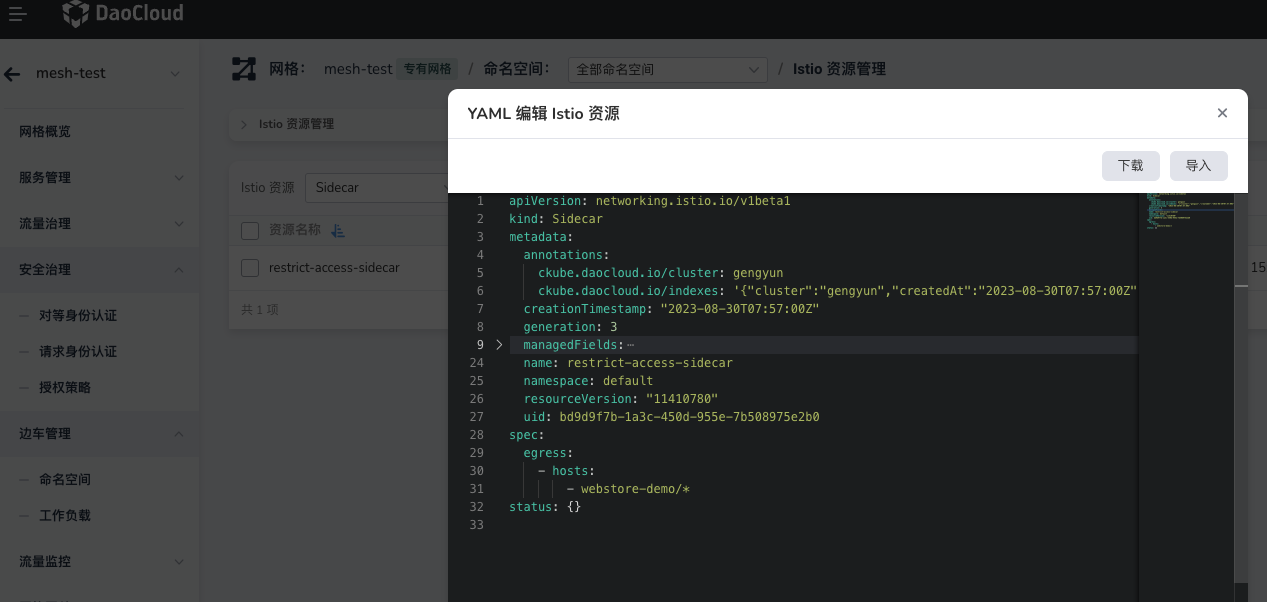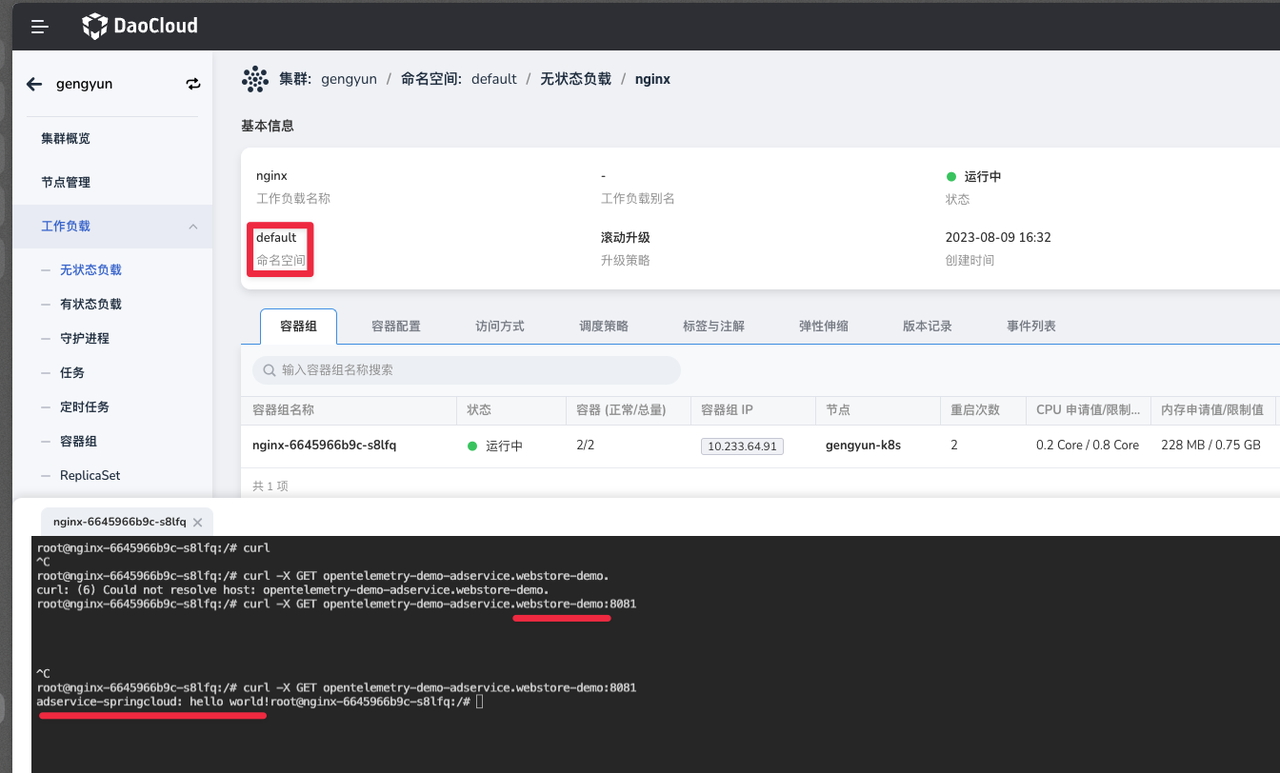Optimizing Sidecar Resource Usage¶
In the design philosophy of Istio, the Sidecar caches information for all services in the cluster by default. This leads to high resource consumption by the Sidecar, especially when there are hundreds or thousands of business Pods.
graph LR
init[Reduce Sidecar resource consumption] -.70%.-> ns[Namespace]
init -.20%.-> vs[vs/dr/ServiceEntry]
ns --> nss[Use NS-level Sidecar]
ns --> topo[Dependency-based access topology] --> health1[With health checks]
vs --> export[Add exportTo] --> health2[With health checks]
vs --> limit[Dependency-based service level restrict]
classDef plain fill:#ddd,stroke:#fff,stroke-width:1px,color:#000;
classDef k8s fill:#326ce5,stroke:#fff,stroke-width:1px,color:#fff;
classDef cluster fill:#fff,stroke:#bbb,stroke-width:1px,color:#326ce5;
class ns,vs cluster;
class nss,topo,health1,health2,export,limit plain;
class init k8sTo alleviate the issue of resource consumption, you can implement the following configurations.
Technical Solution¶
-
Namespace-Level sidecar restriction.
apiVersion: networking.istio.io/v1beta1 kind: Sidecar metadata: name: restrict-access-sidecar namespace: namespace1 spec: egress: - hosts: - namespace2/* - namespace3/*The above YAML restricts the services under namespace1 to only access services in namespace2 and namespace3 .
To implement this, you need to add a whitelist of other namespaces that can be accessed by the namespace managed by the cluster.
There are a few considerations to keep in mind with this approach:
- Whether there is a global switch for enabling the whitelist mechanism
- Whether modifying the whitelist will require Sidecar updates or restarts
- Whether there are corresponding health check prompts when application access issues occur
- Whether a method similar to NS-group (read from workspaces) can automatically configure bidirectional Sidecar namespace accessibility (with a global switch)
-
Adding exportTo to Istio Resources
By using Sidecar access control under the Namespace, you can still achieve namespace-level restrict. If you need to reduce resource consumption, you can add the corresponding exportTo configuration to the Istio resources, declaring which namespaces can access these resources.
This approach incurs higher configuration costs. If implemented, batch configuration capabilities should be considered:
Demo¶
- Prepare two services in different namespaces: NS-a and NS-b
- Ensure that both services have Sidecars successfully injected
-
Create a Sidecar resource with YAML content as follows:

apiVersion: networking.istio.io/v1beta1 kind: Sidecar metadata: name: restrict-access-sidecar namespace: default # current namespace spec: egress: - hosts: # allow current namespace request this namespace service - webstore-demo/*
-
Access Result
